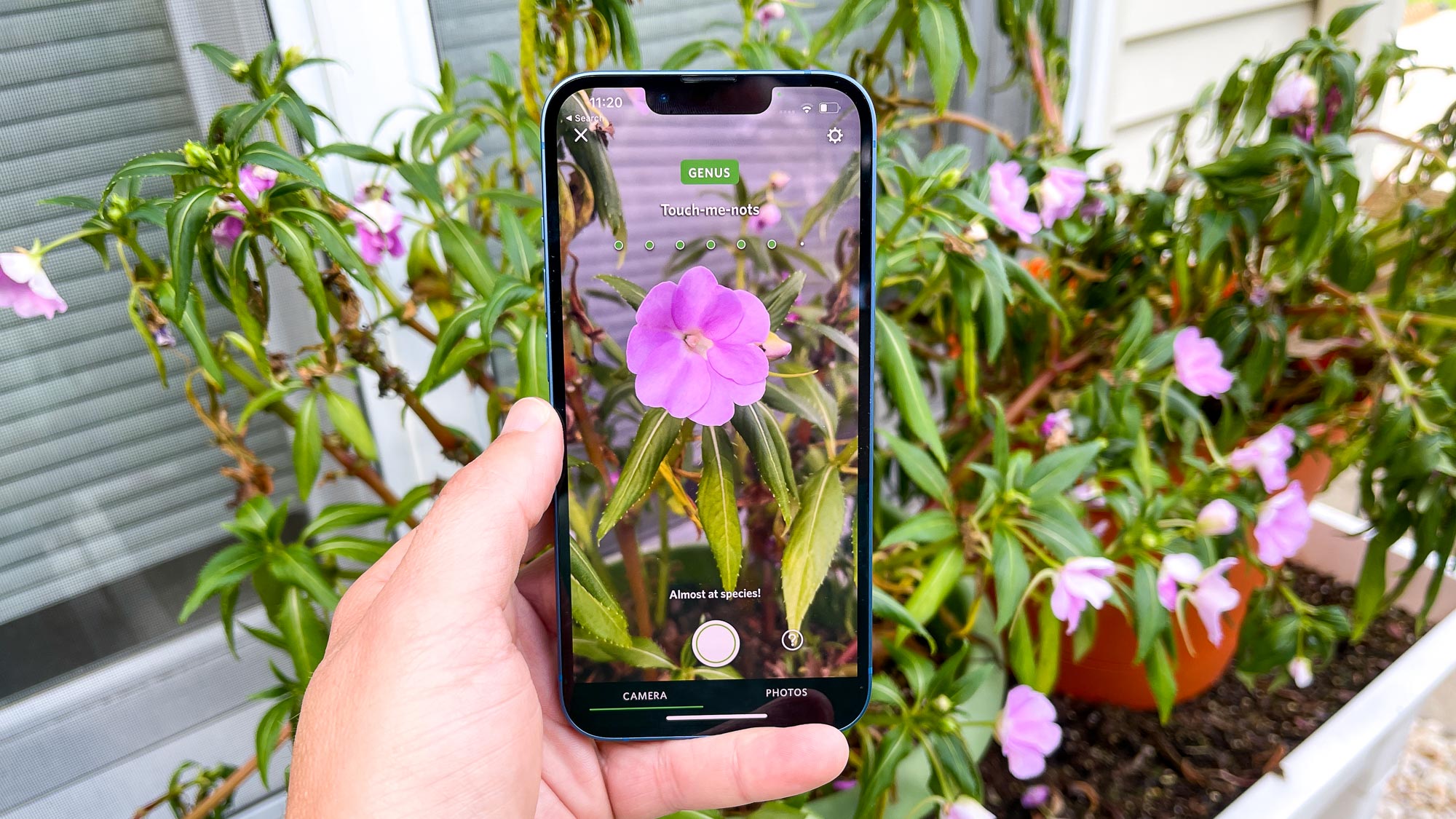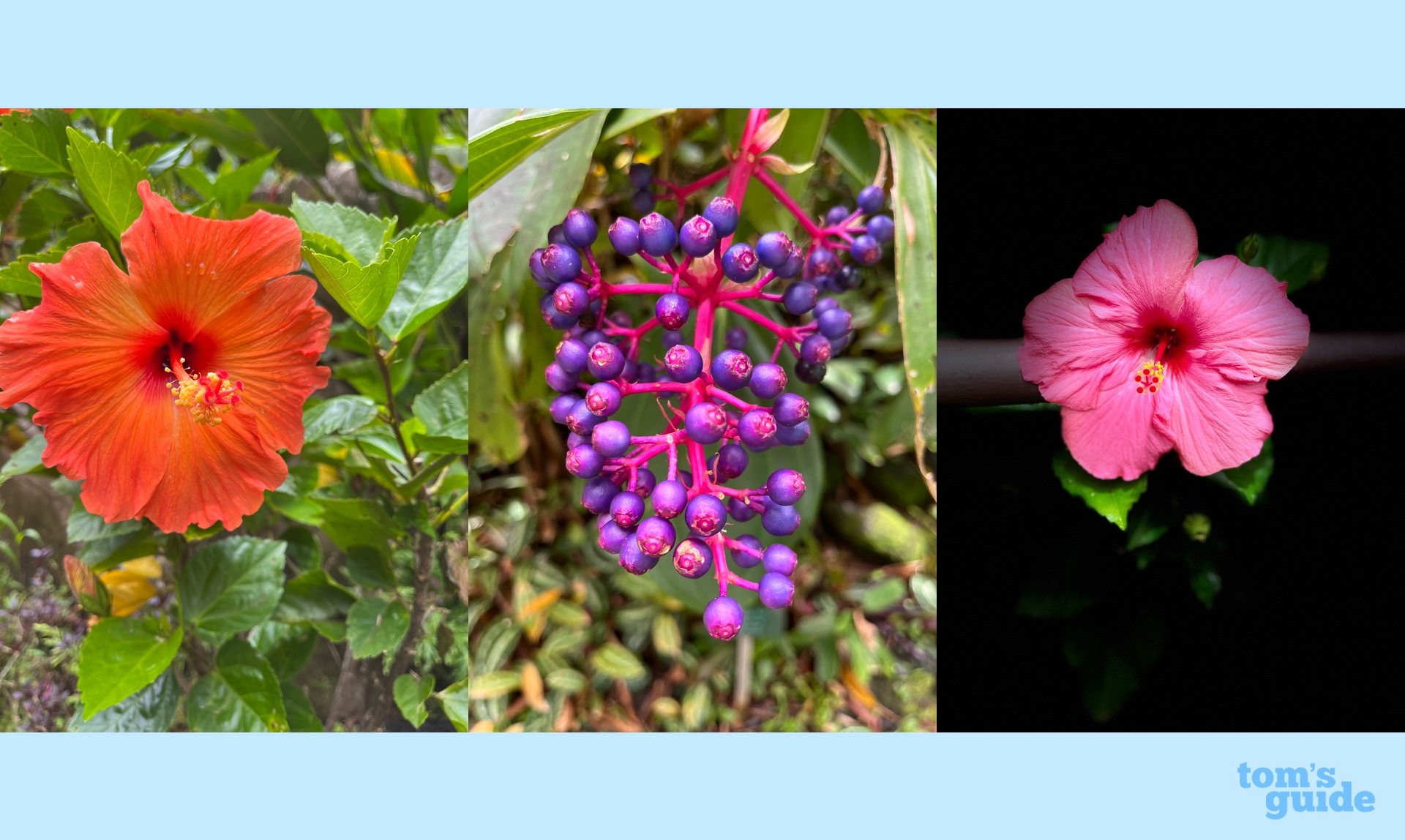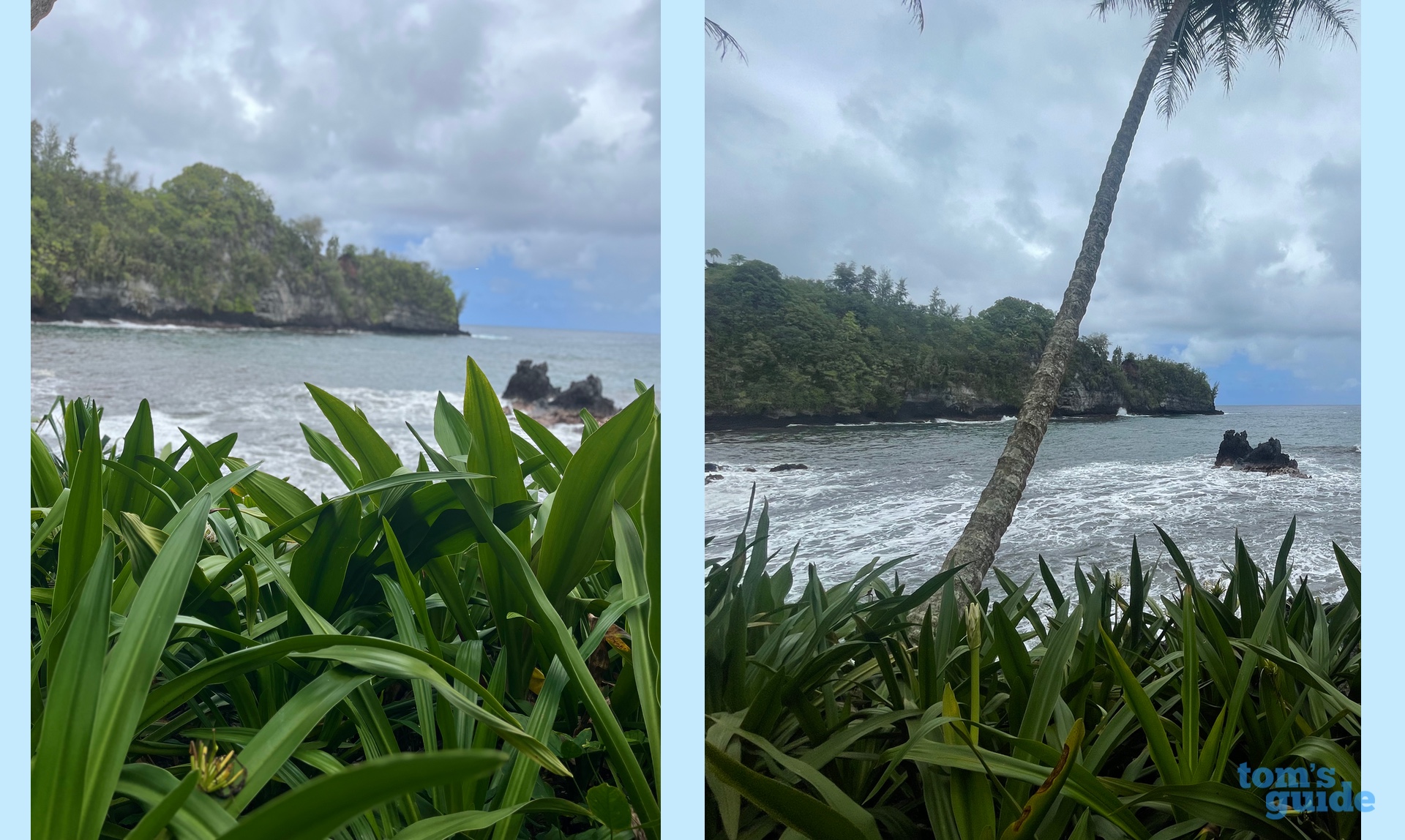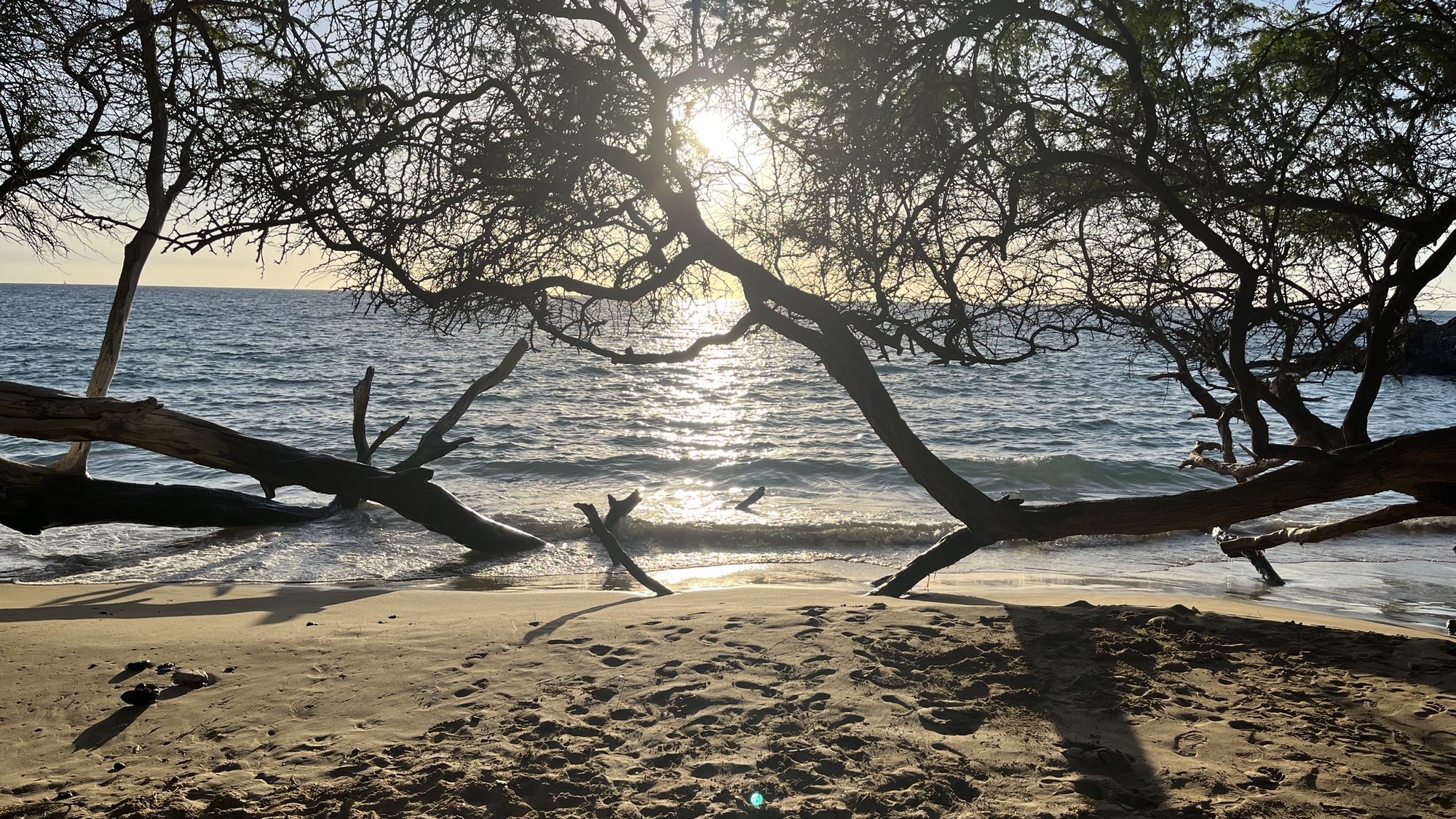
On some level, we know that the best camera phones have placed some incredible picture-taking capabilities into our hands, turning an amateur shutterbug into a digital Ansel Adams. But it's easy to take for granted just what today's smartphones can do with imaging until you see it up close.
That's what happened to me on a recent family vacation when my teenage daughter commandeered an iPhone 13 and started shooting one photo after another of the places we visited. Some of the photos were fine, some less so — but more than a few looked like they had been sized up and captured by a professional photographer. For all her considerable charms and capabilities, my teenager is definitely not that, so I'm going to give a lot of the credit to the iPhone's photo-processing moxie and the imaging features Apple builds in to its camera app.
By way of background, my daughter is not exactly a novice when it comes to photography. On past family trips, she's lugged around a throwback Polaroid camera for capturing snapshots, and she's taken an after-school photography class or two, so she's not entirely at sea when it comes to framing a shot. But she's never owned her own phone — iPhone or otherwise — and I've never sat down with her to walk her through the different camera settings and controls.
In fact, the only reason she had the iPhone 13 was that I gave her a device from the stockpile of Tom's Guide-supplied devices I keep around for testing purposes so that she could have a screen to watch stuff on during the 5-hour plane ride. But as we started hiking down the trails of the Hawaiian Tropical Botanical Garden outside of Hilo, I noticed she had brought the iPhone 13 with her. After a silent prayer that this excursion would not end with me explaining to my bosses why the $799 device they left to my care had taken up permanent residence at the bottom of a waterfall, I let my daughter do her thing.
Hand a kid an iPhone and about 128GB of storage to stash all those photos in, and they can produce some pretty eye-catching stuff, as it turns out.

My daughter became particularly adept at shooting flowers, as one might expect when you spend a couple hours in a tropical botanical garden. That photo of the orange hibiscus is an early effort of hers, but it really shows how adept the iPhone's cameras are at recreating surfaces, whether it's the creases on the hibiscus petal or the patterns of the nearby green leafs.
The other two shots in that collection represent my daughter's experiments with the iPhone's portrait mode, which she quickly realized is not just for framing portraits of people. The purple rose grapes really stand out from their blurred background, and while the bokeh effect isn't perfectly applied — some of the buds toward the rear of the cluster got caught up in the blur — it still turns out to be a striking shot.
With the pink hibiscus image, my daughter has discovered the lighting effects that accompany the iPhone's portrait mode, specifically the stage light effect. The filter manages to highlight the flower while blackening out the surrounding jungle. It's quite an artistic effect which some people might find over the top, but I find the overall look to be pretty pleasing.

The photo of Onomea Bay on the left side was shot by my daughter while the one on the right was captured by me. Mine comes from the iPhone 12's ultrawide lens, and I've cropped it to have the same orientation as the photo taken by my daughter, who insists on shooting everything vertically. The kids these days, I tell you...
Arguments over whether landscape shots should be in... well, landscape orientation aside, I'm really impressed with what my daughter did here with framing. Rather than leave a tree in the middle of her photo like her old man did — an old man who takes photos all the time for this very website, mind you — my daughter found a different perspective that better highlights the bay. She also kept the portrait mode on so that the focus is one the foreground — an interesting approach that I wouldn't have thought to try. But the nature of digital photography allows you to experiment.

Finally, here's how my daughter captured Waialea Beach at sunset. It's not a perfect shot, as shooting directly into the sun has left a bit of a digital artifact in the form of that blue dot in the lower third of the photo. Still, I think Apple's Smart HDR feature is on display here, as you can still see the colors, highlights and textures even with the shadows resulting from the harsh sunlight. The pattern on the sand and the shape of the waves are still easily visible, even with the sun beating down on the camera lens.
Digital camera outlook
We're focusing on the iPhone here, as that's the device we had on hand. But I imagine if I had grabbed a recent Pixel phone or a Galaxy S24, the results would have been the same. These are very well-designed camera phones that take a lot of the guesswork out of digital photography. A more advanced user could probably dig into the settings and fiddle with things to produce a perfect shot, but the devices that Apple, Google, Samsung and others are making are really democratizing photography.
Again, not every photo my daughter took on her trip is a masterpiece. We're certainly not sharing the one she took of me crossing a bridge that's framed at an angle like the 1960s Batman TV series and prominently features my rear end. But the beauty of digital photography is that you can retain the gems and discard the photos that didn't quite work out, and you'll stillhave ample storage space left.
And keep in mind, these photos were captured with a phone that's two years old. Camera phones don't stay in one place, as you can see just be reviewing the iPhone's recent history. If I had given my daughter an iPhone 15 instead, she'd have a camera powered by a 48MP sensor instead of a 12MP one. And she'd be able to approximate a 2x zoom by cropping in on shots captured by the main camera for a closer look at the subject of her photos.
Then again, imagine explaining to my bosses if an accident befell an iPhone 15. I think on the next trip we'll stick with the older iPhones for photo purposes.







